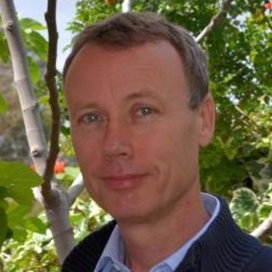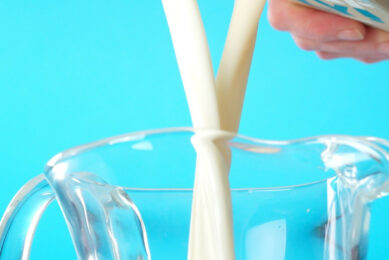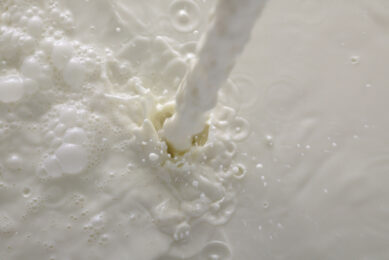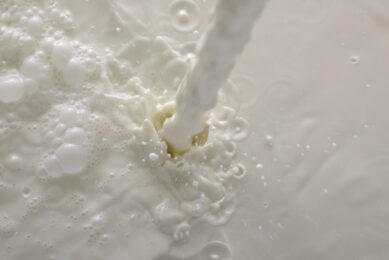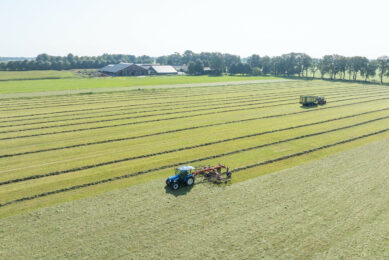Dairy cow milking order impacts feed intake
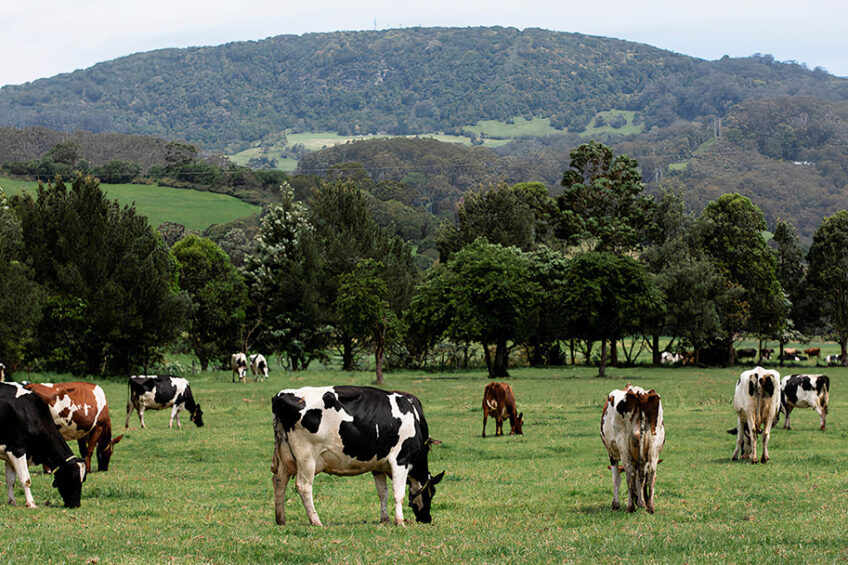
Australian researchers have found that the first cows in the milking order – and therefore the first ones back in the paddock – produce up to 5 kg more milk than the last cows.
Many dairy farmers have already identified that the first cows into the dairy produce more milk than the last cows. The research team, as part of the Dairy Feedbase Smart Feeding-project based at Agriculture Victoria’s Ellinbank research farm, has worked on developing farm management systems to increase the herd’s milk yield by neutralising these differences and increasing the average milk yield response per kilogramme of feed.
The team has been working on comparing milking order, individual cow dry matter intake and milk yield to identify feeding strategies to overcome the differences. According to scientist Dr Martin Auldist, farmers have long known about the milk yield difference, but the cause has never been clear.
Reason for more milk yield
“The many theories included that the lead cows want to be milked because they are higher yielders and have greater udder pressure, that the higher yielding cows are hungrier and want to get to the grain, that there are dominance issues driving milking order, and that the last cows are sick, lame or older and therefore lower yielding,” he said, adding “Our research has shown that the difference is mainly correlated with the amount of time they are away from the paddock and therefore feed.”
The project team used on-cow jaw movement recorders to monitor grazing behaviour and found that the last cows back to the paddock modified their grazing habits to compensate for being late back. While the cows might spend up to 9 hours per day away from the pasture, they actually spend more time eating, trying to catch up.
“It’s not that they don’t have time to eat; it’s more about the fact that they’re not getting a fair go in the paddock,” Auldist emphasises. “By the time the last cows get back to the paddock, nearly 40% of the pasture dry matter is gone. As well as that, all the good stuff is gone because grazing animals tend to select the pasture with the highest energy and protein first and leave the part that is higher in fibre.”
During a review of a 1,200 cow farm in Ellinbank, Victoria, cows were measured walking 15 km per day, which also meant the last cow to be milked would spend 8-9 hours off pasture. In the trial, cows that were milked first produced 5kg more milk than the cows which were milked last. The contributing factor for the farms measured in this trial was that when the last cow finally reached the paddock, an average of 18-40% of the available pasture had already been consumed. The last cow that entered the paddock had to spend more time grazing and less time ruminating than the cows that entered the paddock first.
Dairy cow feed and higher quality grass
Researcher Meaghan Douglas found that there was no measurable difference in laying time between the first cow that entered the paddock and the last. Not only did the later arriving cows have less to eat but also the pasture quality, the metabolisable energy and crude protein decreased while the neutral detergent fibre increased in the pasture that was available to the last cow hitting the paddock.
What can farmers do to help these cows access better quality feed? In the trial, the researchers tested assigning 60% of the day’s feed allocation to the herd first. Then, as the last cow entered the paddock, they gave the cows access to the remaining 40% of the paddocks feed.
The cows who had been last to the paddock now had access to higher quality grass. This minimised the drop in production that normally occurred in cows that were milked later. Offering fresh feed to the whole herd would also encourage the cows who were first on the paddock to get up and graze more grass, increasing their intake as well.
Farmers should also observe the total mixed ration to make sure that there was enough feed allocated for the cows that arrived later, and the nutrition of that mix was still the same as the mouthfuls eaten by the first cows.
Farmers with large herds have the option to split the herd into smaller mobs. This means that each mob will spend less time on the dairy yard and more time in the paddock grazing. If farmers can’t split the herd, they can provide a split allowance of pasture. Once the last cow reaches the paddock, another allocation of pasture is opened up to allow the cows arriving later a full allocation of grass.
The researchers are hopeful that minimising the drop in production will lead to an overall increase in milk yield, which could be in the order of US$80 per cow per year.
*Dairy Feedbase, an applied research and innovation programme for the Australian dairy industry, is a joint venture between Dairy Australia, Agriculture Victoria and the Gardiner Dairy Foundation.
Join 13,000+ subscribers
Subscribe to our newsletter to stay updated about all the need-to-know content in the dairy sector, two times a week.


